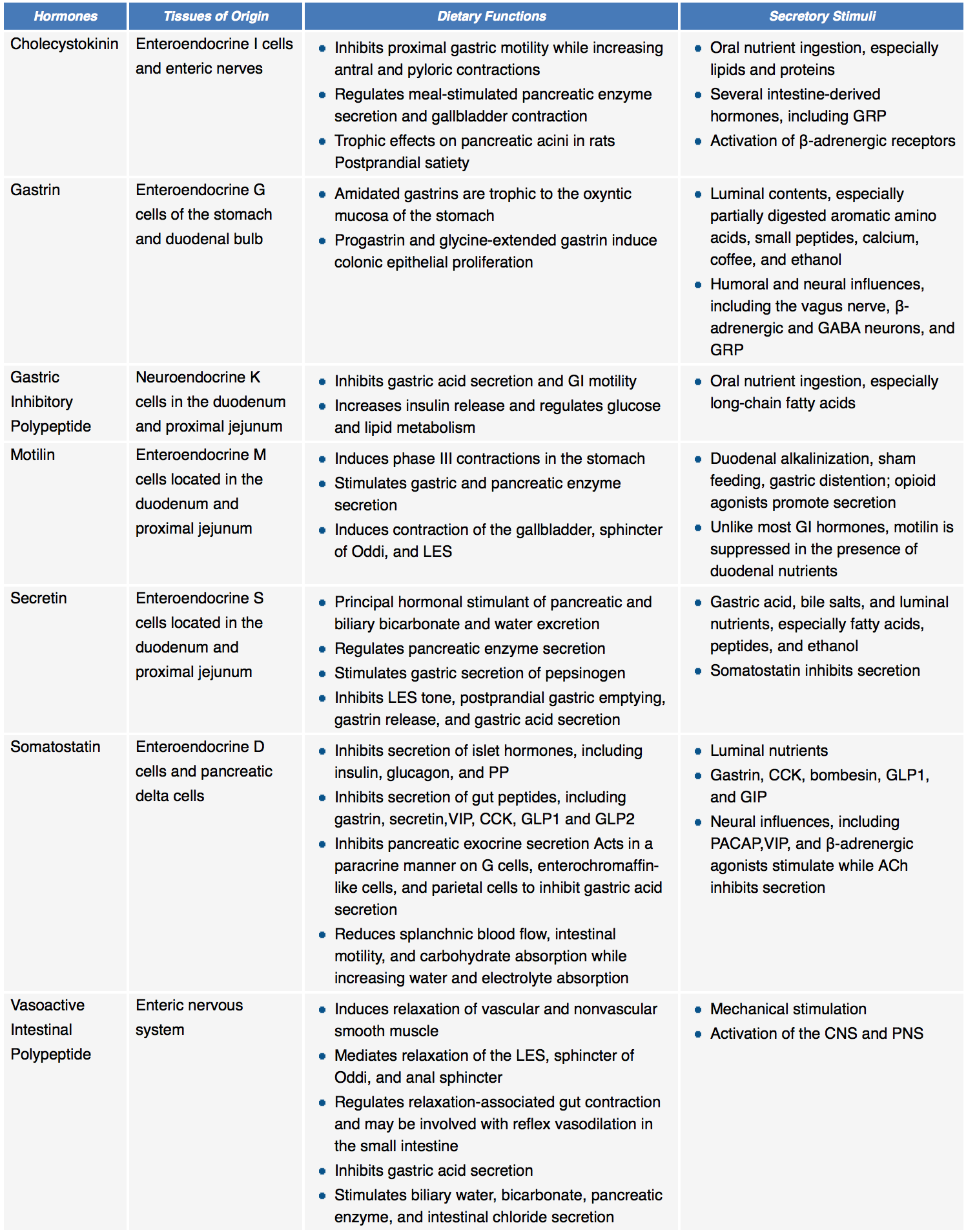WBR0657: Difference between revisions
Jump to navigation
Jump to search
No edit summary |
No edit summary |
||
| Line 33: | Line 33: | ||
|AnswerAExp=See overall explanation | |AnswerAExp=See overall explanation | ||
|AnswerB=Gastrin | |AnswerB=Gastrin | ||
|AnswerBExp=See overall explanation | |||
|AnswerC=Pepsin | |AnswerC=Pepsin | ||
|AnswerCExp=See overall explanation | |||
|AnswerD=Secretin | |AnswerD=Secretin | ||
|AnswerDExp=See overall explanation | |||
|AnswerE=Gastric inhibitory peptide | |AnswerE=Gastric inhibitory peptide | ||
|AnswerEExp=See overall explanation | |||
|EducationalObjectives= Acute [[gallstone|calculous]] [[cholecystitis]] typically develops in patients who fit the profile of the '''4F's (<u>F</u>emale, <u>F</u>at, <u>F</u>ertile, and in her <u>F</u>orties'''). It is often manifested as a nonradiating right upper quadrant pain due to strenuous contraction of the gallbladder induced by [[cholecystokinin]]. | |EducationalObjectives= Acute [[gallstone|calculous]] [[cholecystitis]] typically develops in patients who fit the profile of the '''4F's (<u>F</u>emale, <u>F</u>at, <u>F</u>ertile, and in her <u>F</u>orties'''). It is often manifested as a nonradiating right upper quadrant pain due to strenuous contraction of the gallbladder induced by [[cholecystokinin]]. | ||
|References=Le T, Bhushan V. First Aid for the USMLE Step 1 2014. McGraw-Hill Medical; 2014. | |References=Le T, Bhushan V. First Aid for the USMLE Step 1 2014. McGraw-Hill Medical; 2014. | ||
Revision as of 01:14, 8 July 2014
| Author | [[PageAuthor::Anonymous (Reviewed by Alison Leibowitz)]] |
|---|---|
| Exam Type | ExamType::USMLE Step 1 |
| Main Category | MainCategory::Pathophysiology |
| Sub Category | SubCategory::Gastrointestinal |
| Prompt | [[Prompt::An obese, multiparous, 48-year-old female presents to the physician's office with a nonradiating right upper quadrant abdominal pain with bloating, nausea, and vomiting that worsens after the consumption of fries and a hamburger. Abdominal ultrasonography displays hyperechogenic foci within the thickened gallbladder wall. Laboratory testing reveals a WBC count of 16,000/μL and serum amylase and lipase levels of 75 U/L and 150 U/L, respectively. Which of the following secreted substances most likely accounts for her abdominal pain?]] |
| Answer A | AnswerA::Cholecystokinin |
| Answer A Explanation | AnswerAExp::See overall explanation |
| Answer B | AnswerB::Gastrin |
| Answer B Explanation | AnswerBExp::See overall explanation |
| Answer C | AnswerC::Pepsin |
| Answer C Explanation | AnswerCExp::See overall explanation |
| Answer D | AnswerD::Secretin |
| Answer D Explanation | AnswerDExp::See overall explanation |
| Answer E | AnswerE::Gastric inhibitory peptide |
| Answer E Explanation | AnswerEExp::See overall explanation |
| Right Answer | RightAnswer::A |
| Explanation | [[Explanation::The patient in this scenario demonstrates classic findings of acute calculous cholecystitis. Acute calculous cholecystitis typically develops in patients who fit the profile of the 4F's: Female, Fat, Fertile, and in her Forties. Strenuous contraction of the gallbladder, described as a nonradiating abdominal pain in the right upper quadrant, is secondary to the effect of cholecystokinin, which is secreted in response to ingestion of lipids and proteins.
|
| Approved | Approved::No |
| Keyword | WBRKeyword::Cholelithiasis, WBRKeyword::Cholecystitis, WBRKeyword::Cholecystokinin |
| Linked Question | Linked:: |
| Order in Linked Questions | LinkedOrder:: |
